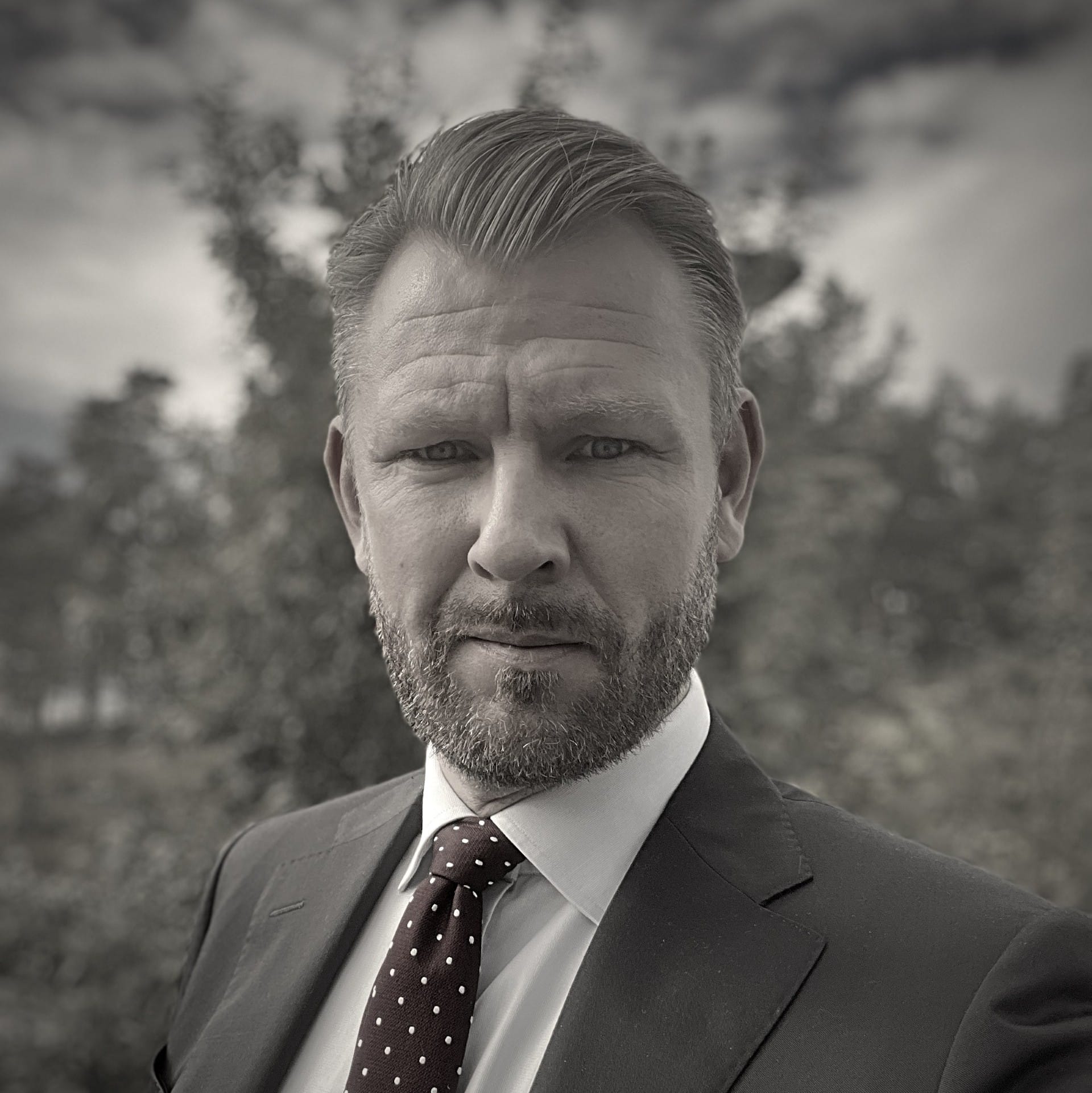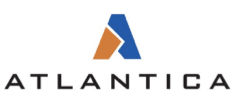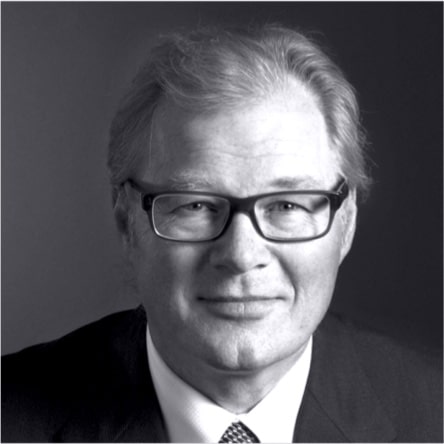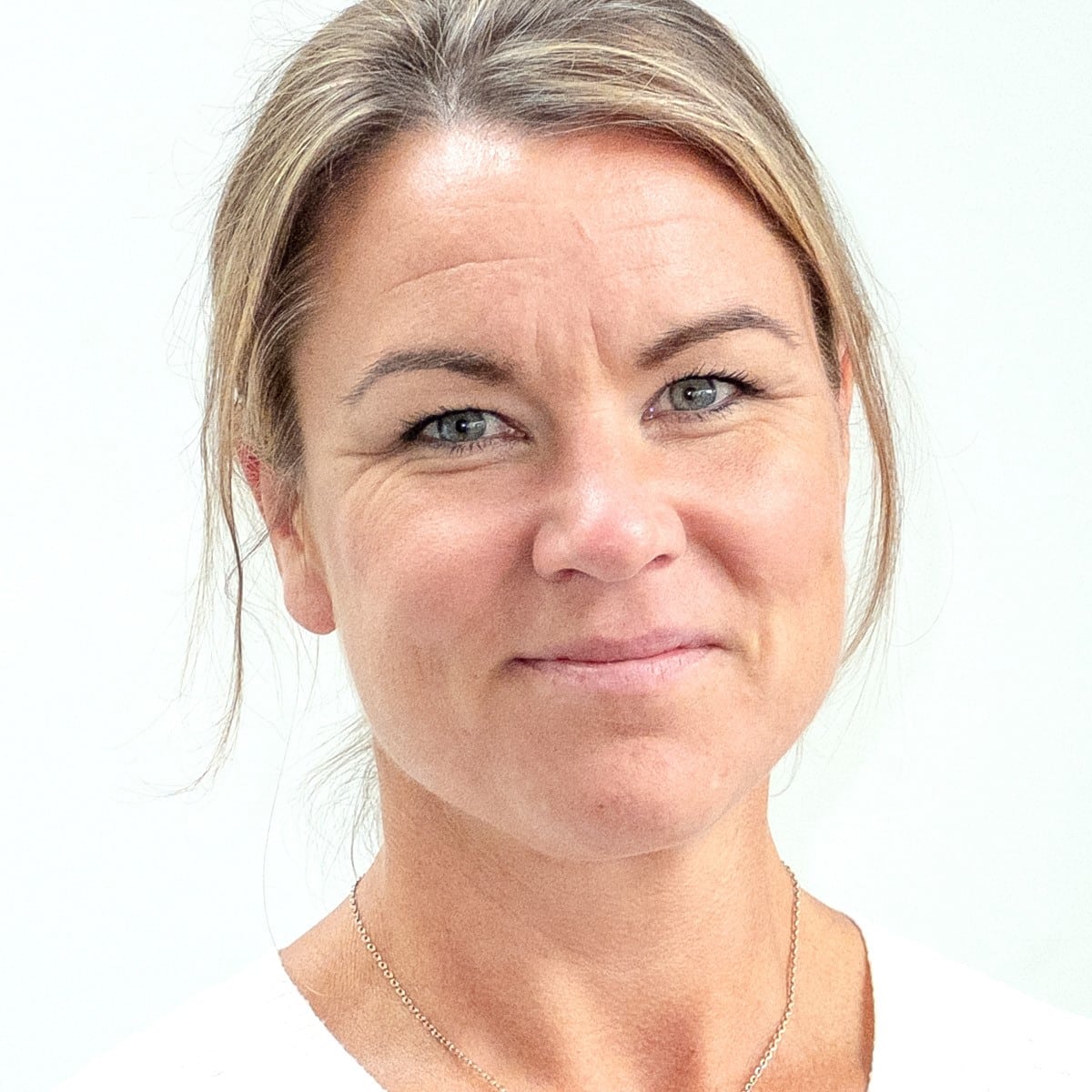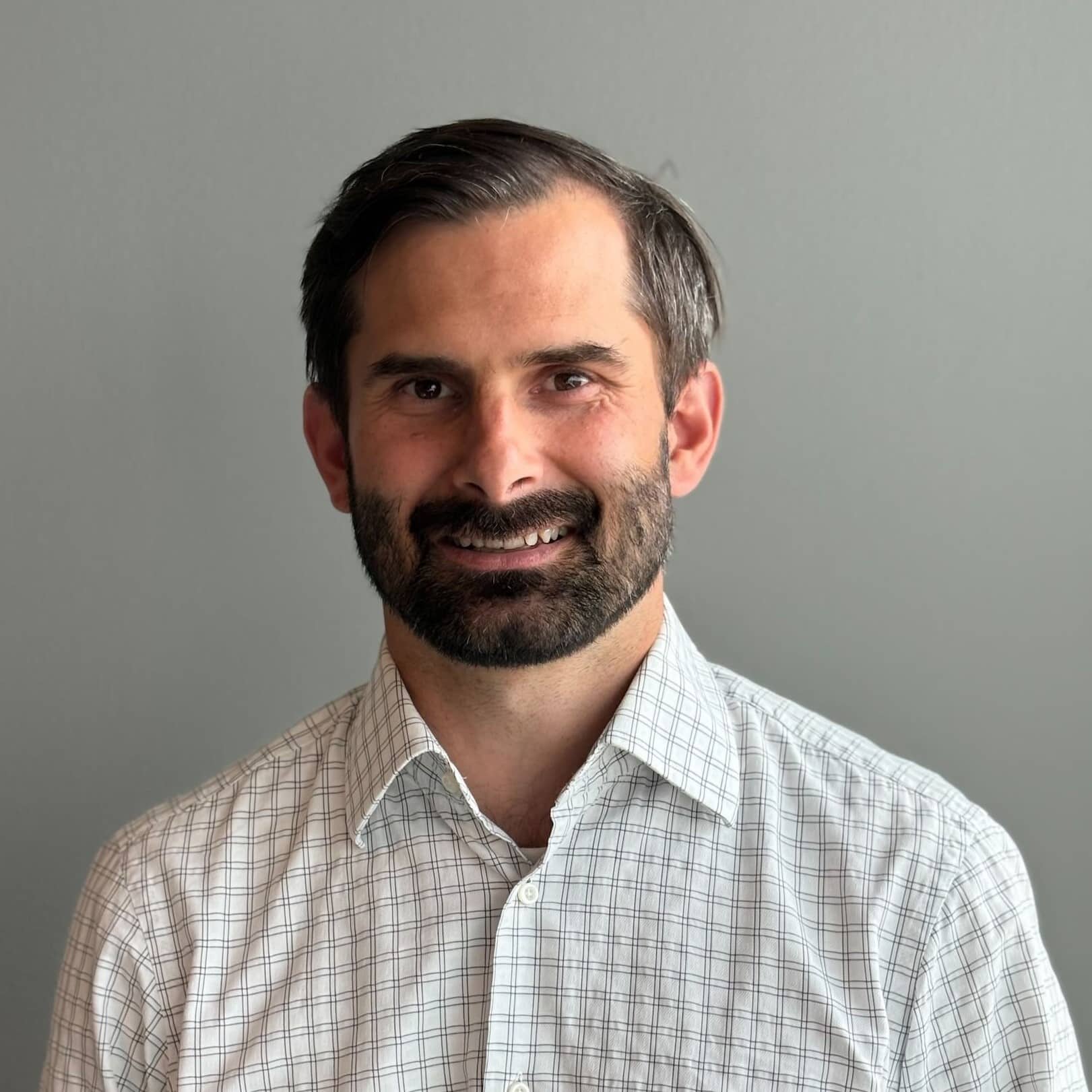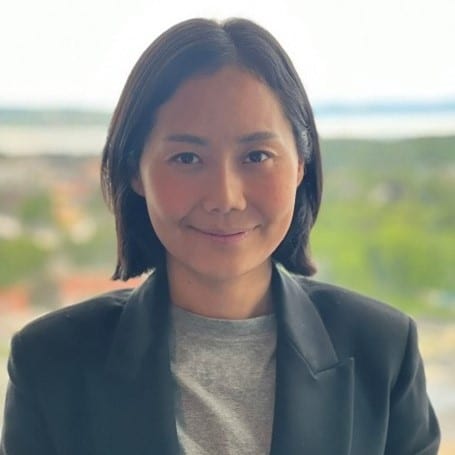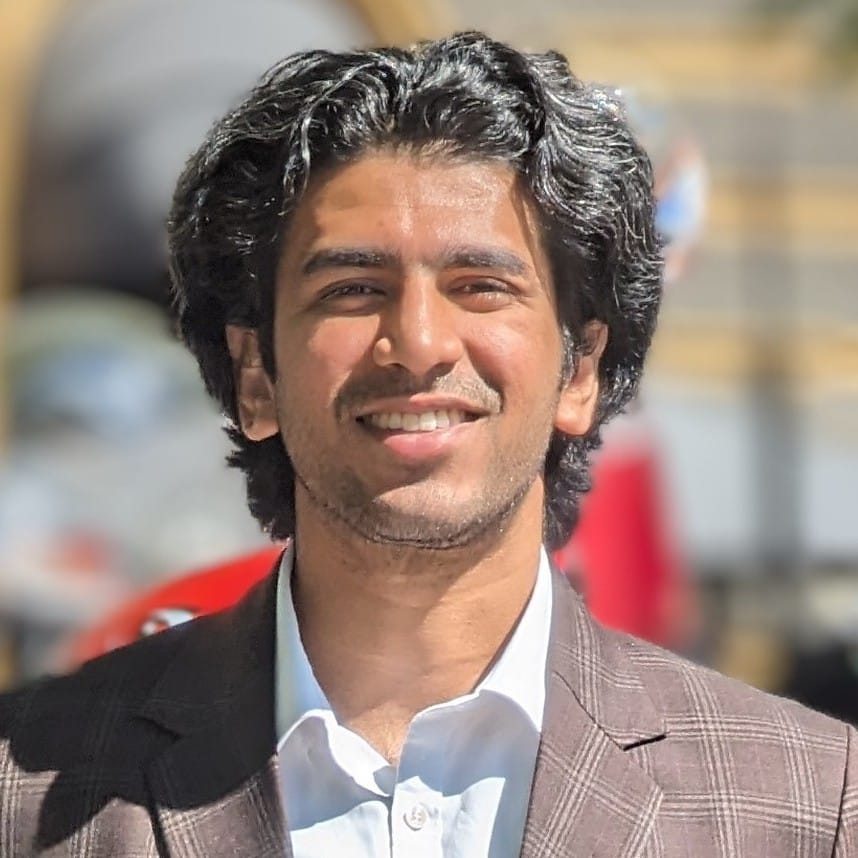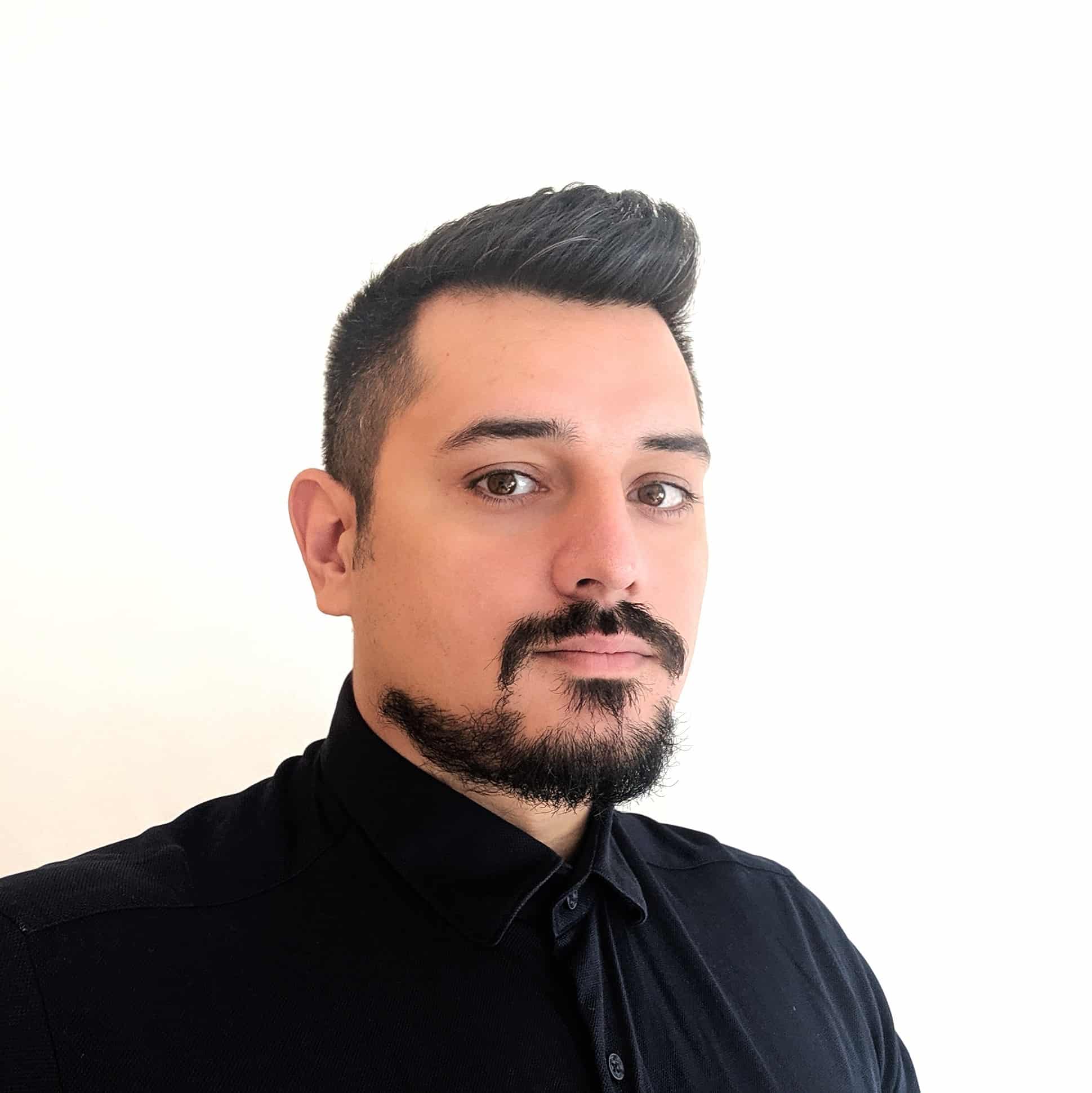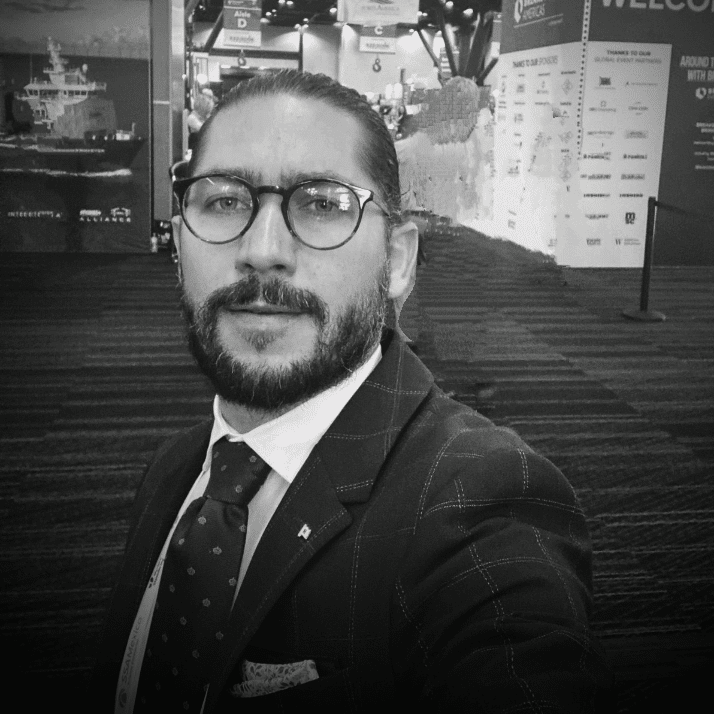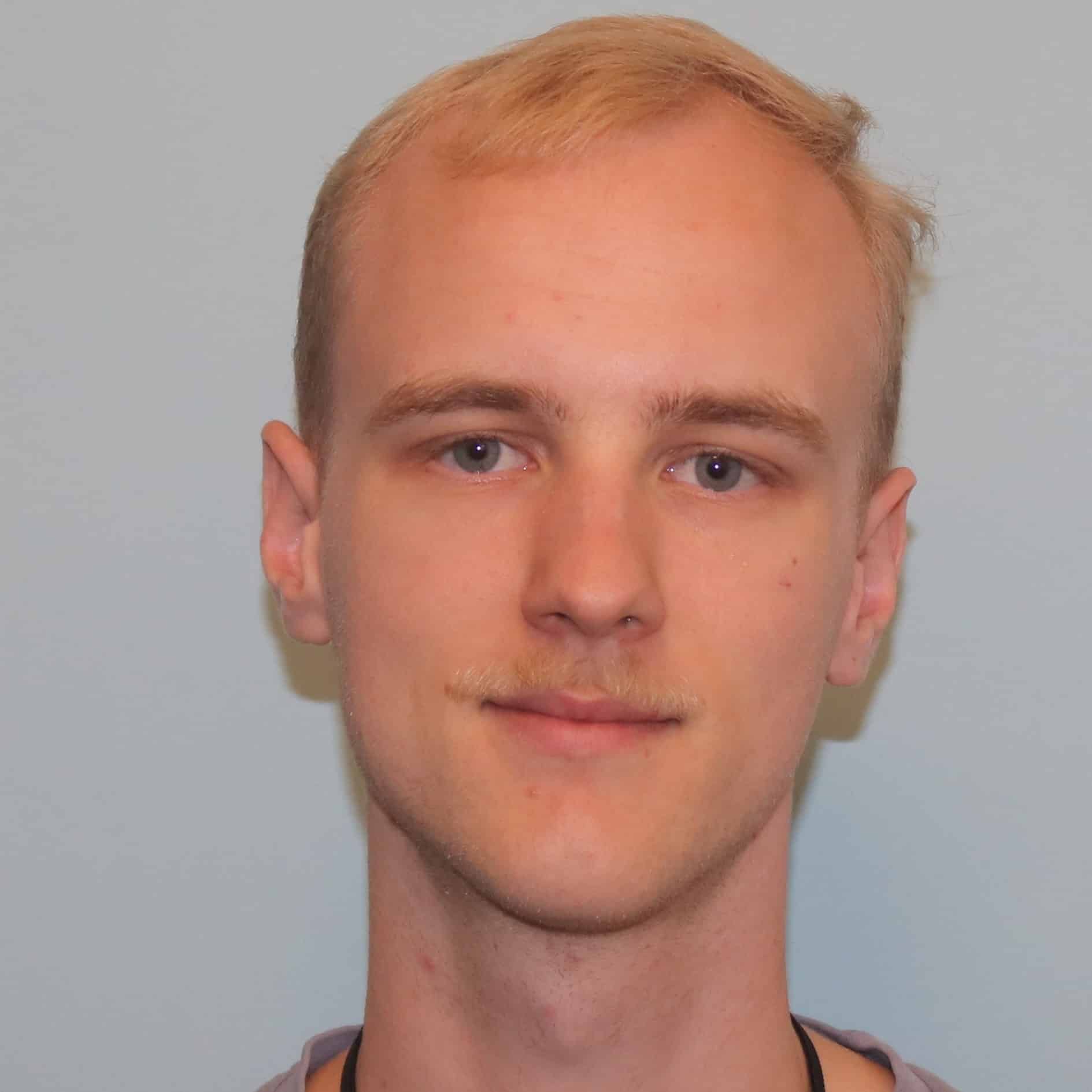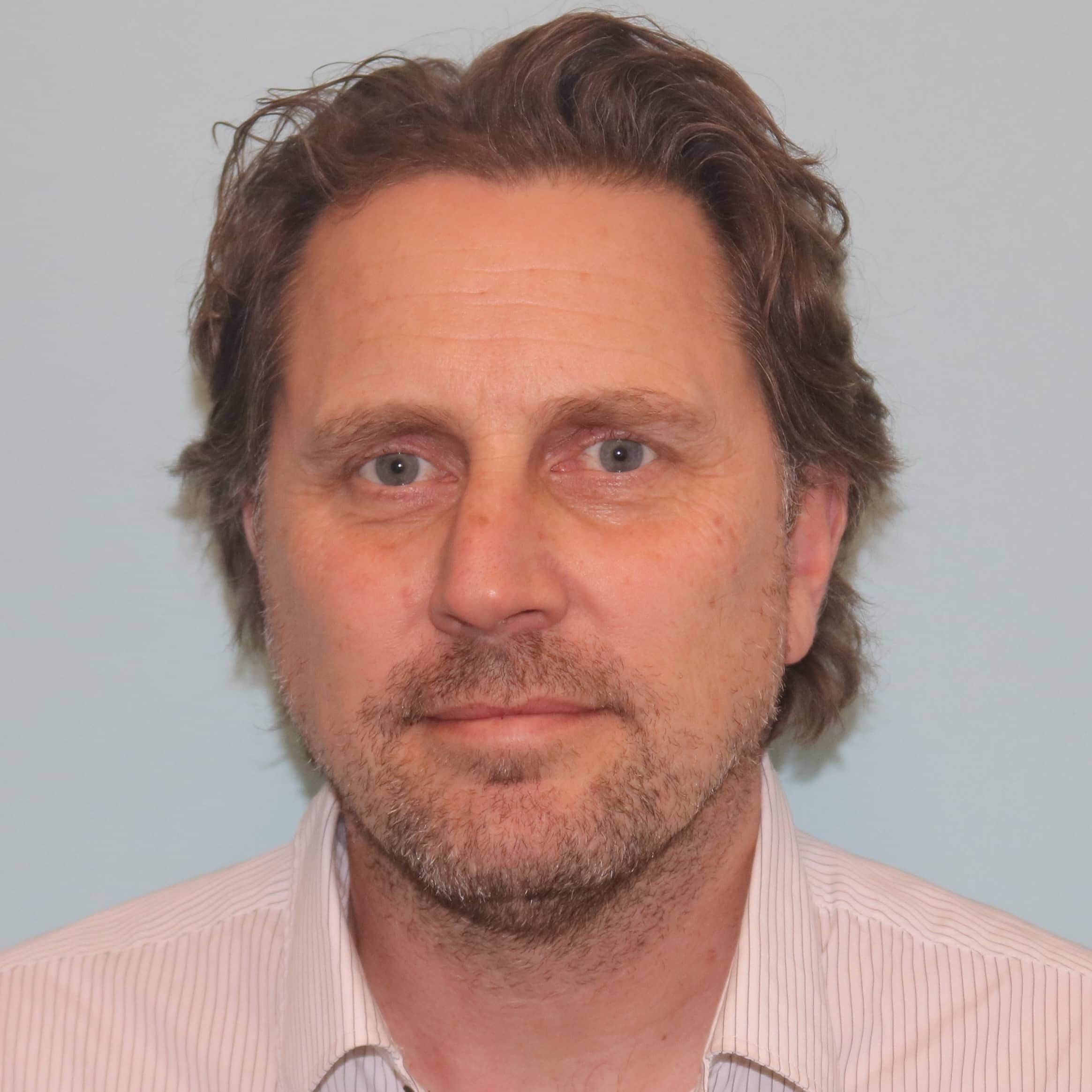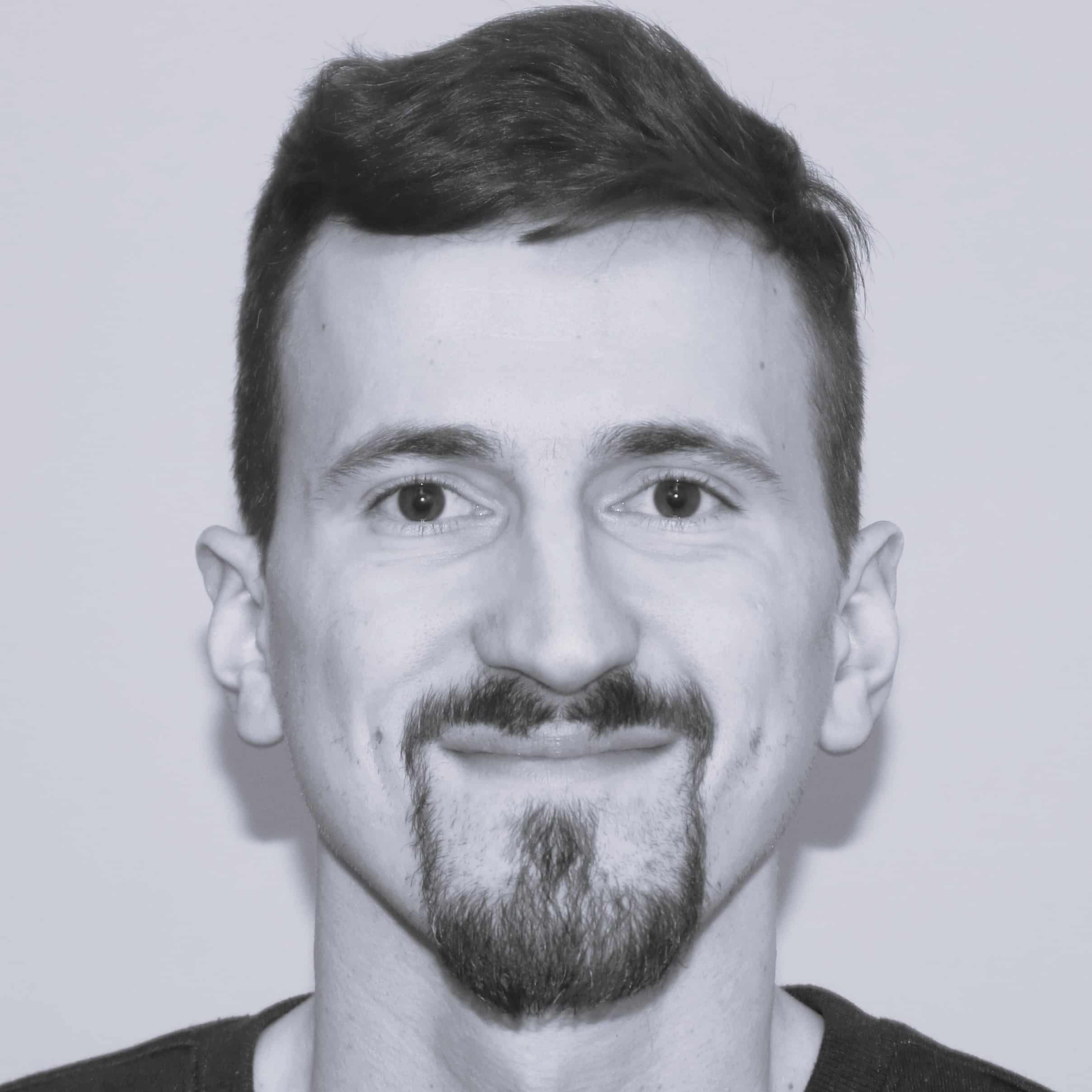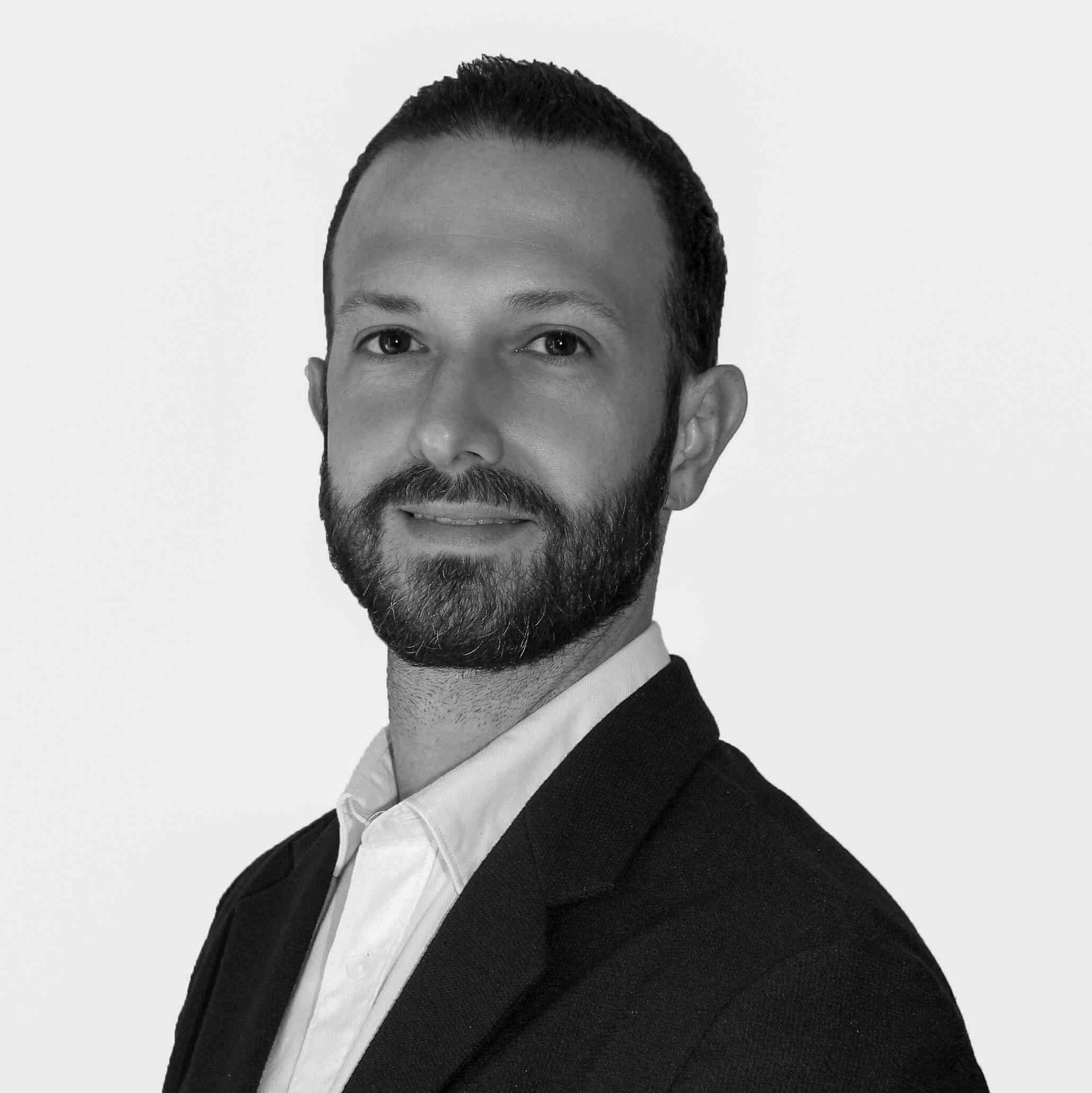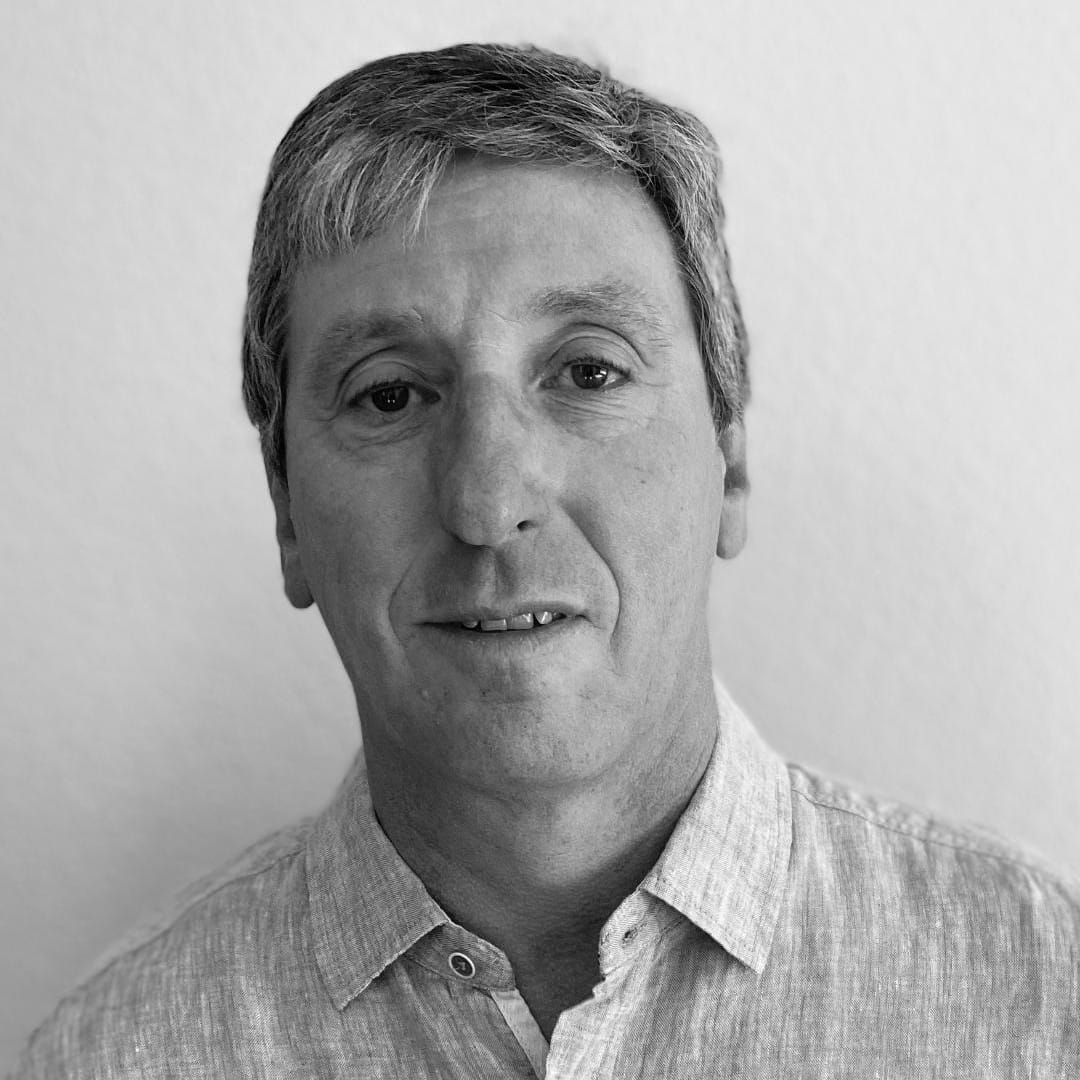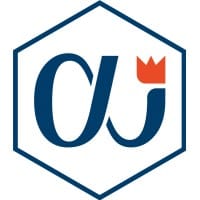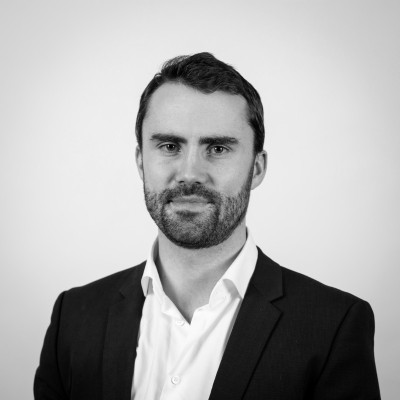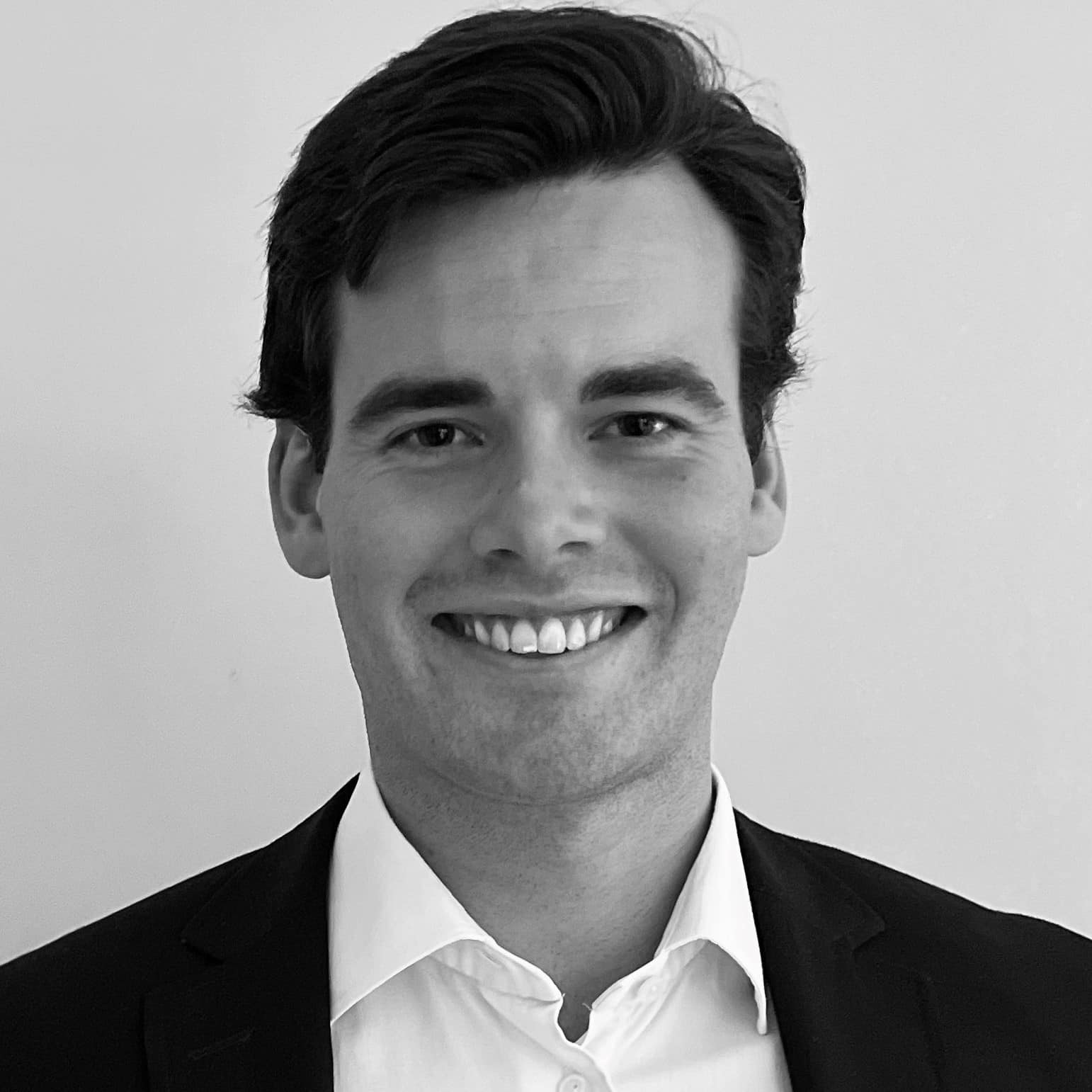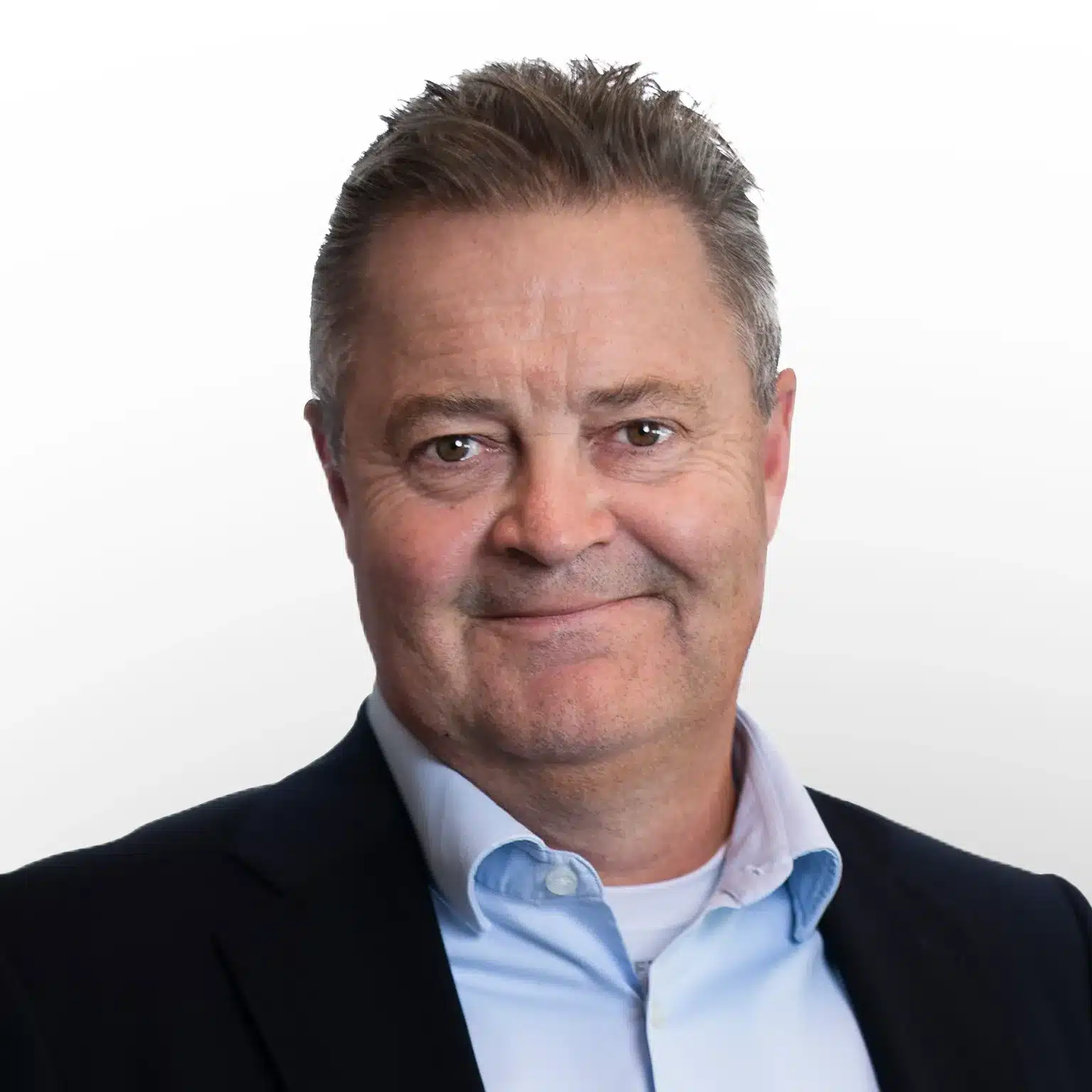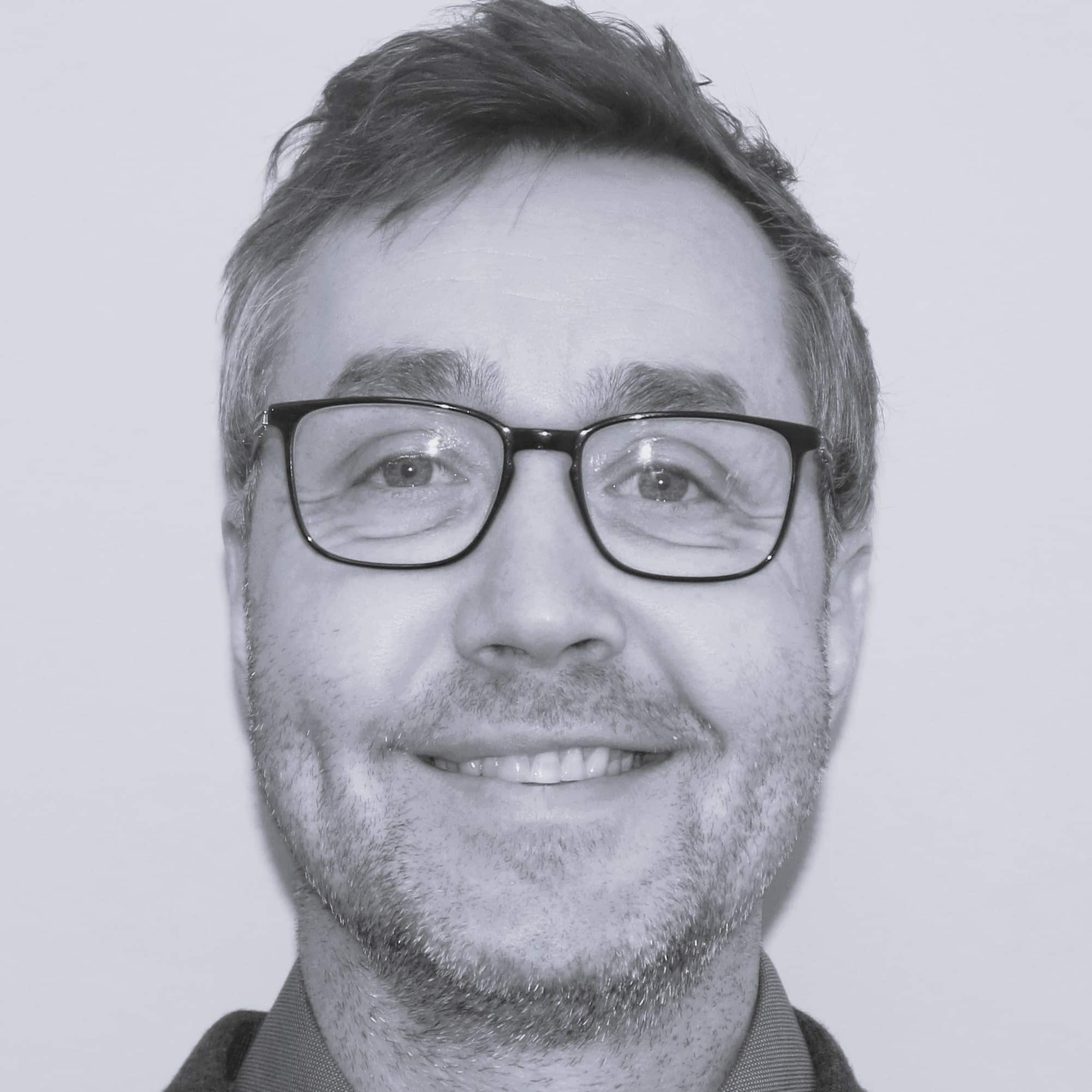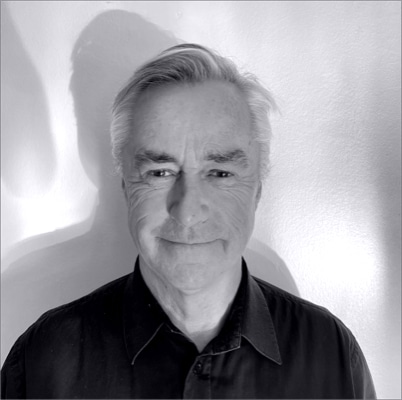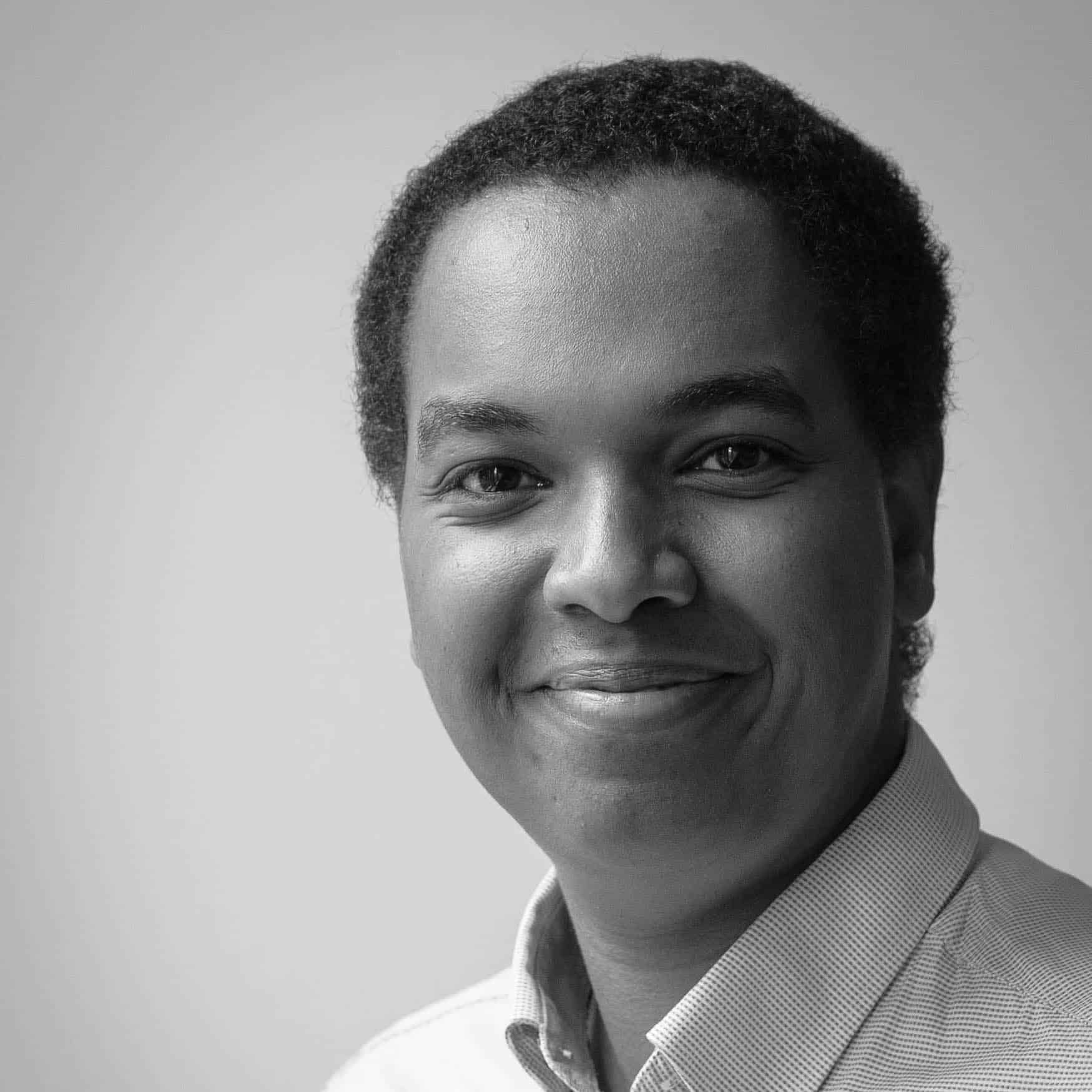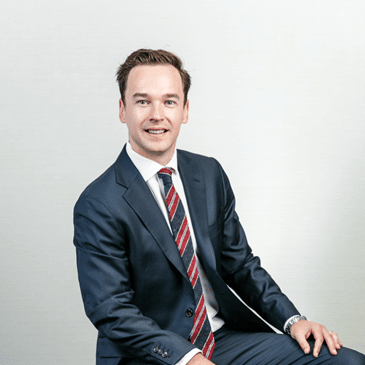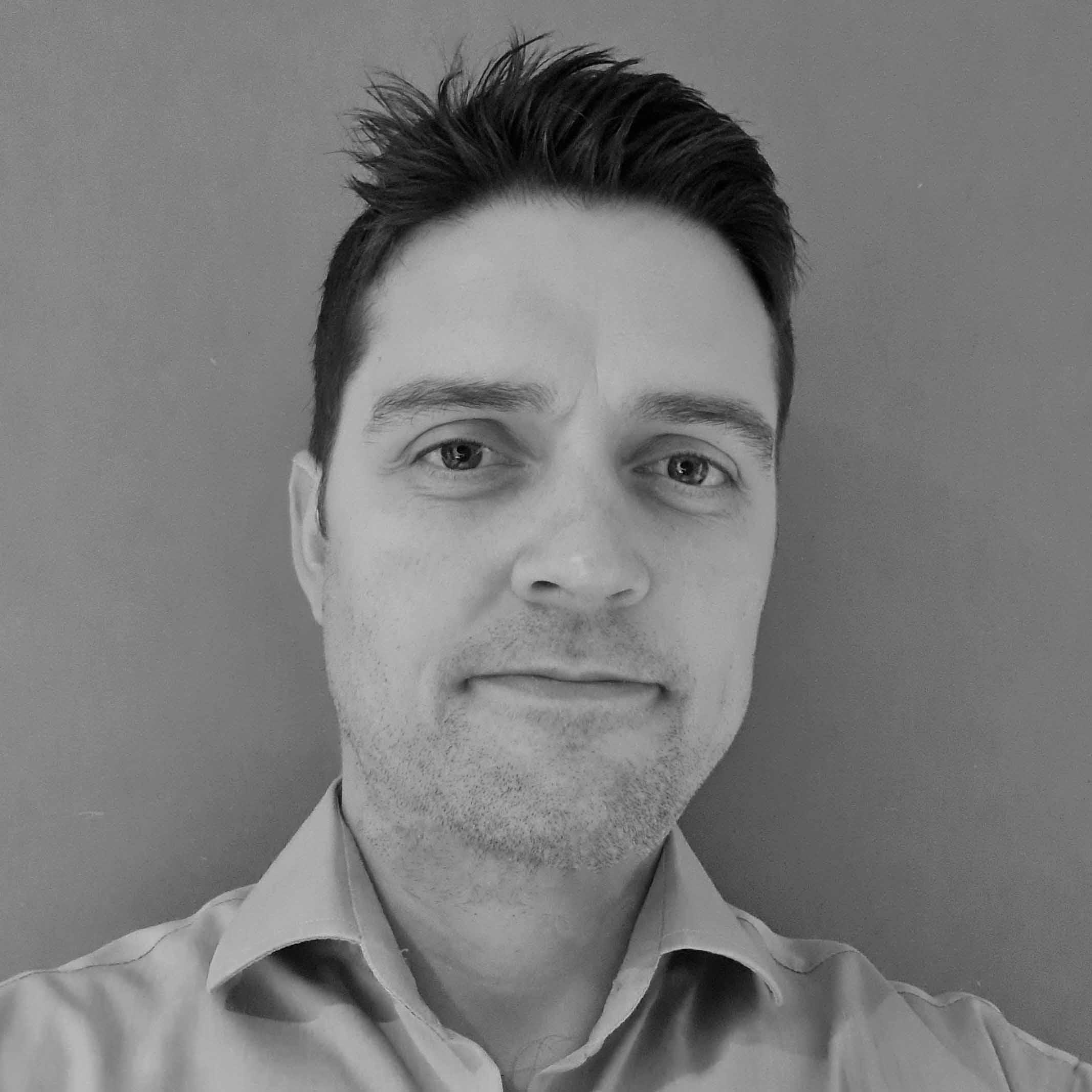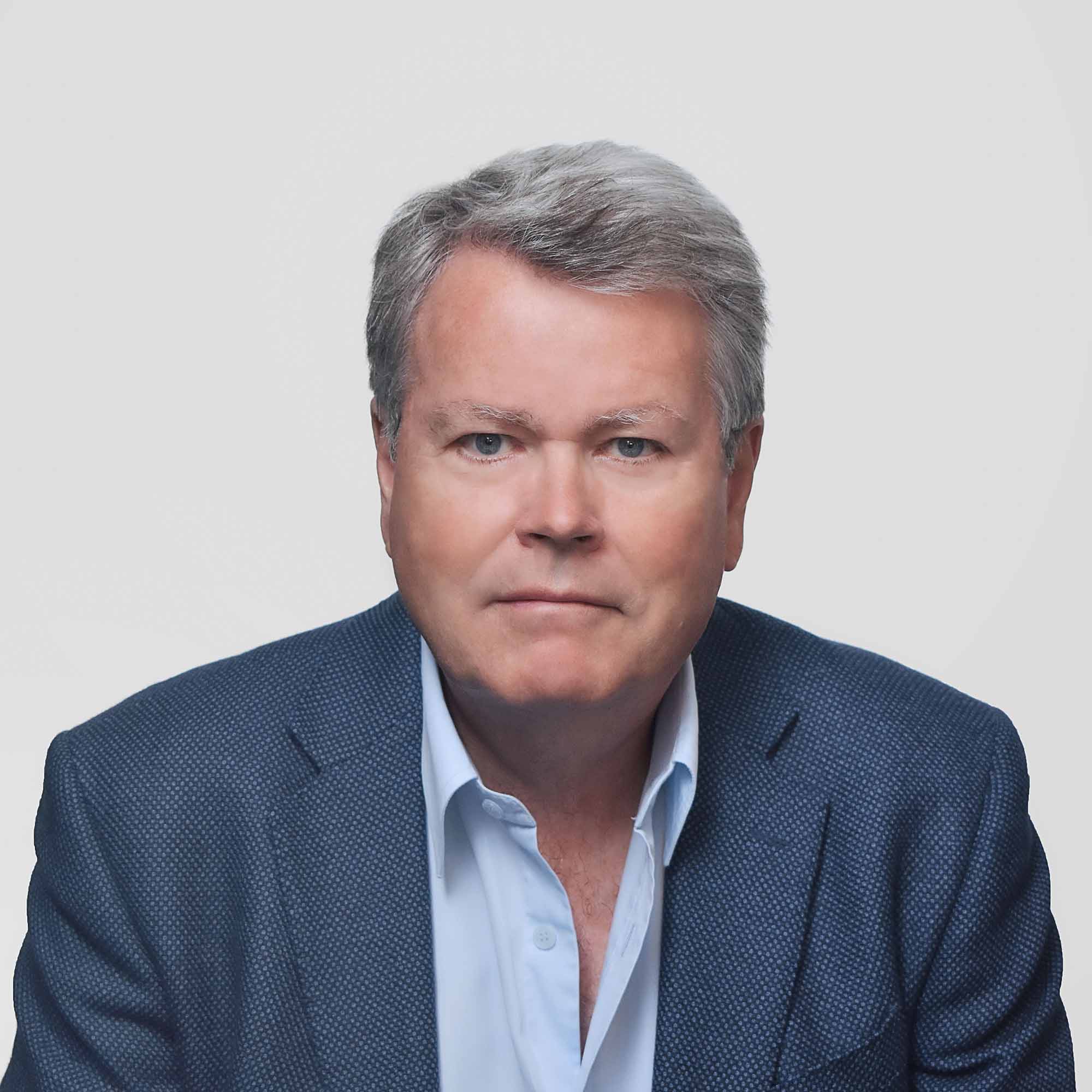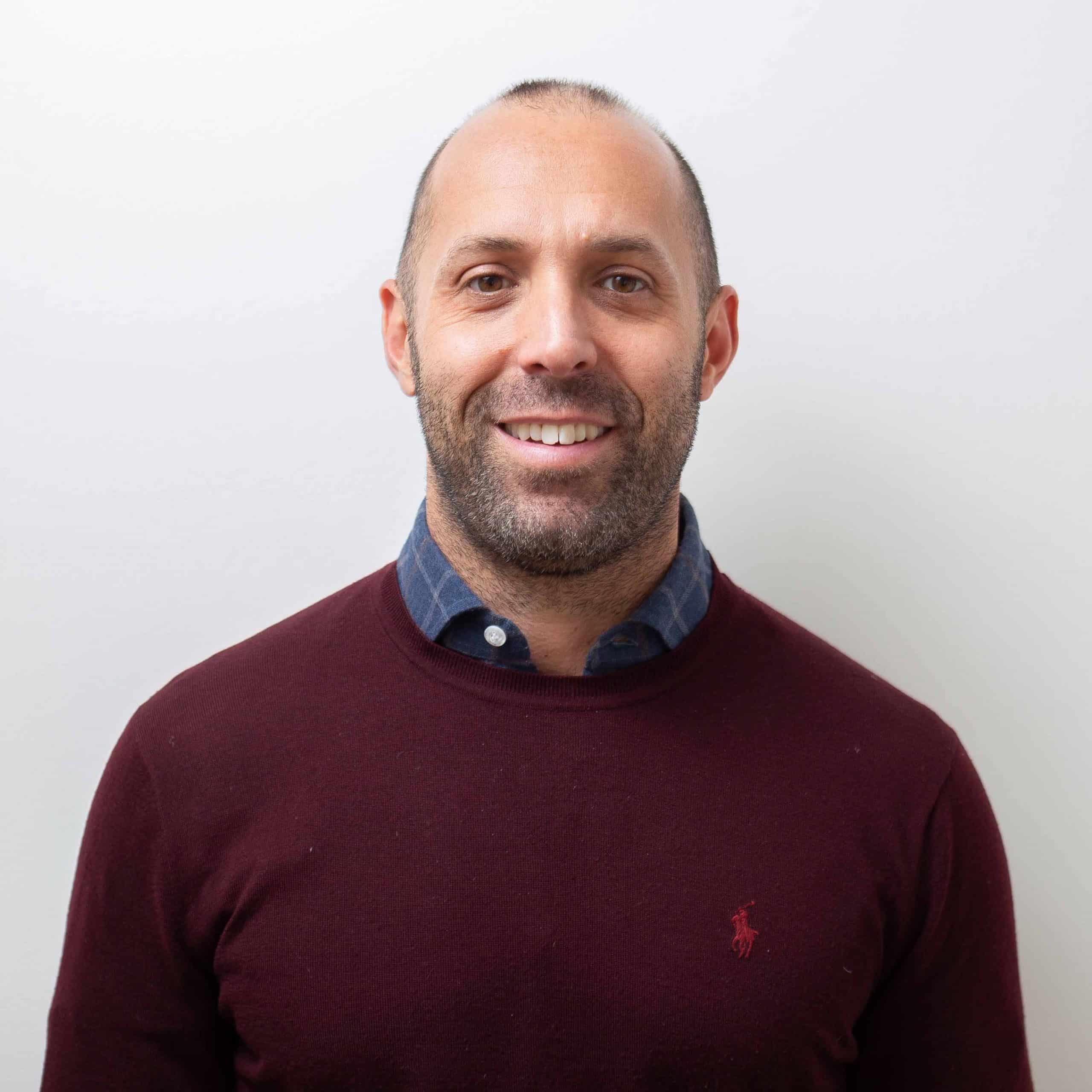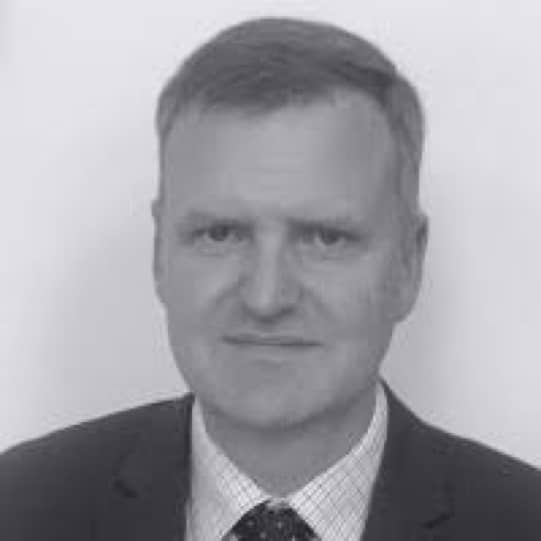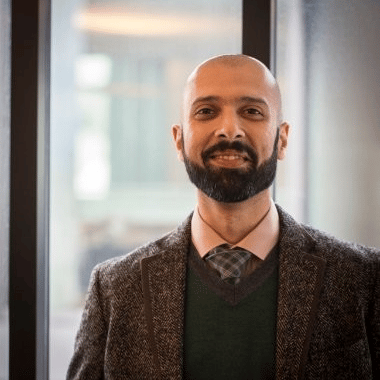Equinor’s move to buy into Ørsted may rock the boat for many, but it is shaping up to be a good long-term decision.
Confidence in the offshore wind market caved in with Ørsted’s huge impairment of $5.6 billion tied to its U.S. projects, especially the Ocean Wind 1 project. The company had to make drastic strategic changes that would lead Ørsted to become selective about the markets it would engage in and consolidate its projects. In August of this year, Ørsted was hit once more with a $575 million impairment related to its projects in the U.S. These impairments look very grim, but when looking at how Ørsted is positioning itself, it is possible to see a good long-term play.
Ørsted has consolidated and has never had a stronger pipeline of projects than it does today. Ørsted’s best projects are situated in Europe, where the risk of project execution is low. The company is well underway with the construction of the Gode Wind 3 and Borkum Riffgrund 3 projects. Connecting these two projects to the grid will provide a positive boost. Furthermore, Ørsted is heavily invested in the Polish market, which brings advantages, especially in the construction phase. The Baltic Sea is a much easier region for installation vessels to operate in, lowering the risk of delays tied to the construction phase of the projects, making all of Ørsted’s Baltic Sea projects very attractive. Lastly, we have Ørsted’s flagship projects, “Hornsea 3” and “Hornsea 4.” Hornsea 3 is next up for Ørsted and is a solid project. This will be the third project Ørsted has executed in that area; the first two projects have been textbook executions of offshore wind projects, and we expect no less from the third Hornsea project.
Despite the huge impairments, Ørsted has remained committed to the U.S. market. Emerging markets are difficult at the beginning, and for Ørsted in the U.S., it will be crucial to get over the hump, which will occur when they have wrapped up Revolution Wind and Sunrise Wind. Once this has been accomplished, the outlook for Ørsted’s portfolio in the U.S. market will be more positive.
Taiwan has had its fair share of challenges when it comes to developing offshore wind, and Ørsted has one large project that has not yet begun offshore installation, which is the Greater Changhua 2B – SW & 4 – NW. Offshore installation in Taiwan has been challenging, but we are seeing much better outcomes in efficiency and progress on offshore execution for projects in Taiwan. Ørsted recently executed the previous phase of Greater Changhua, and the experience gained there will be implemented in the upcoming Greater Changhua project. There are no expectations that Greater Changhua 2B – SW & 4 – NW will be bogged down; rather, efficient execution of the project is expected.
Other notable markets are South Korea and Australia. Ørsted has chosen to remain steadfast in these markets. South Korea and Australia are emerging markets, which come with risks. Yet, both markets pose huge potential for further expansion. Offshore wind is shaping up to be a true global industry, transitioning from being limited to a few selective markets to becoming a global phenomenon. Ørsted’s strategic approach has been to consolidate while not losing momentum in expanding into new markets. Equinor is buying into a company that is selective yet still expansionist, and looking long-term, this is a good investment, which will already be noticeable early next year when key projects begin to reach COD (Commercial Operation Date).
Image source: Jan De Nul

